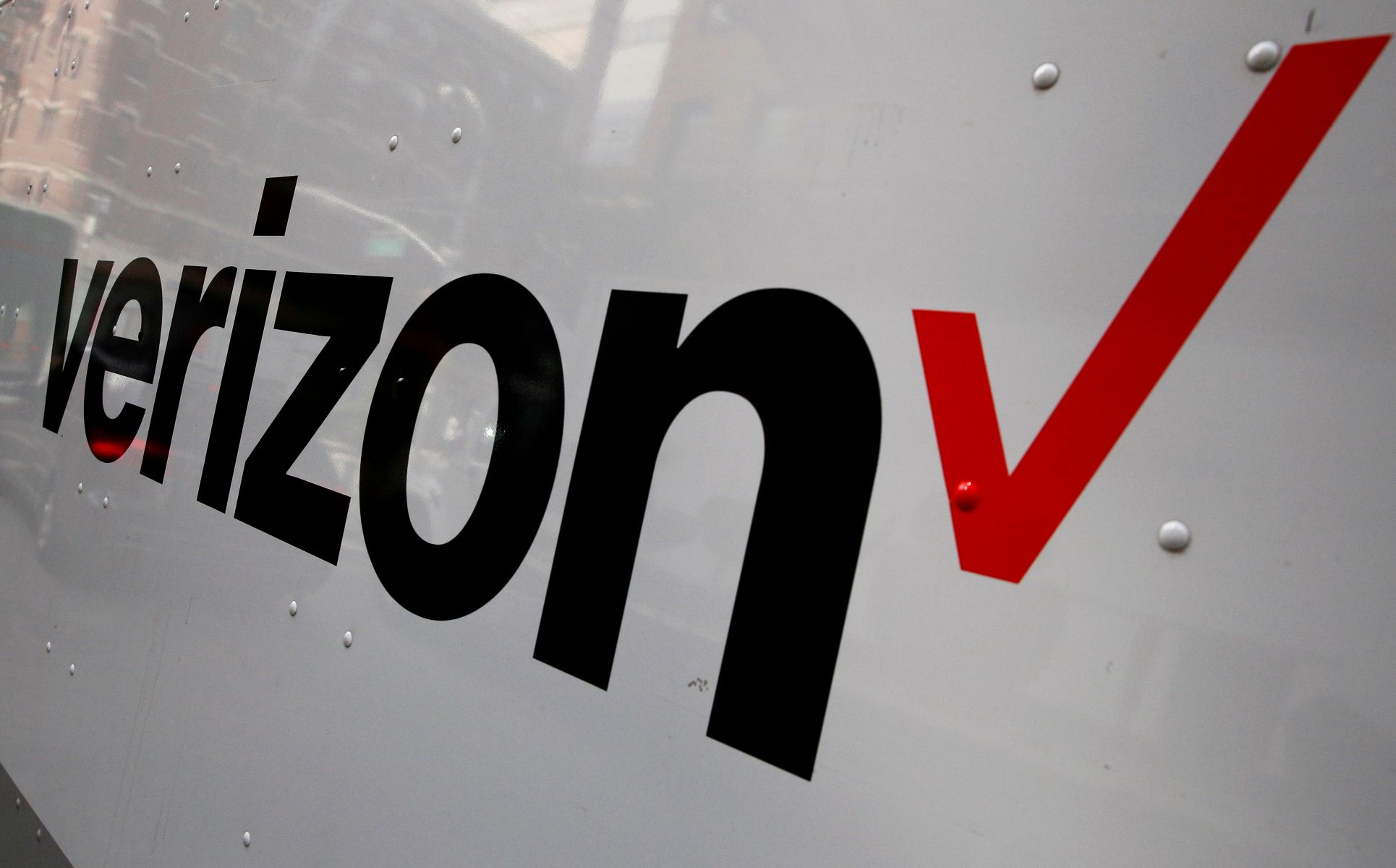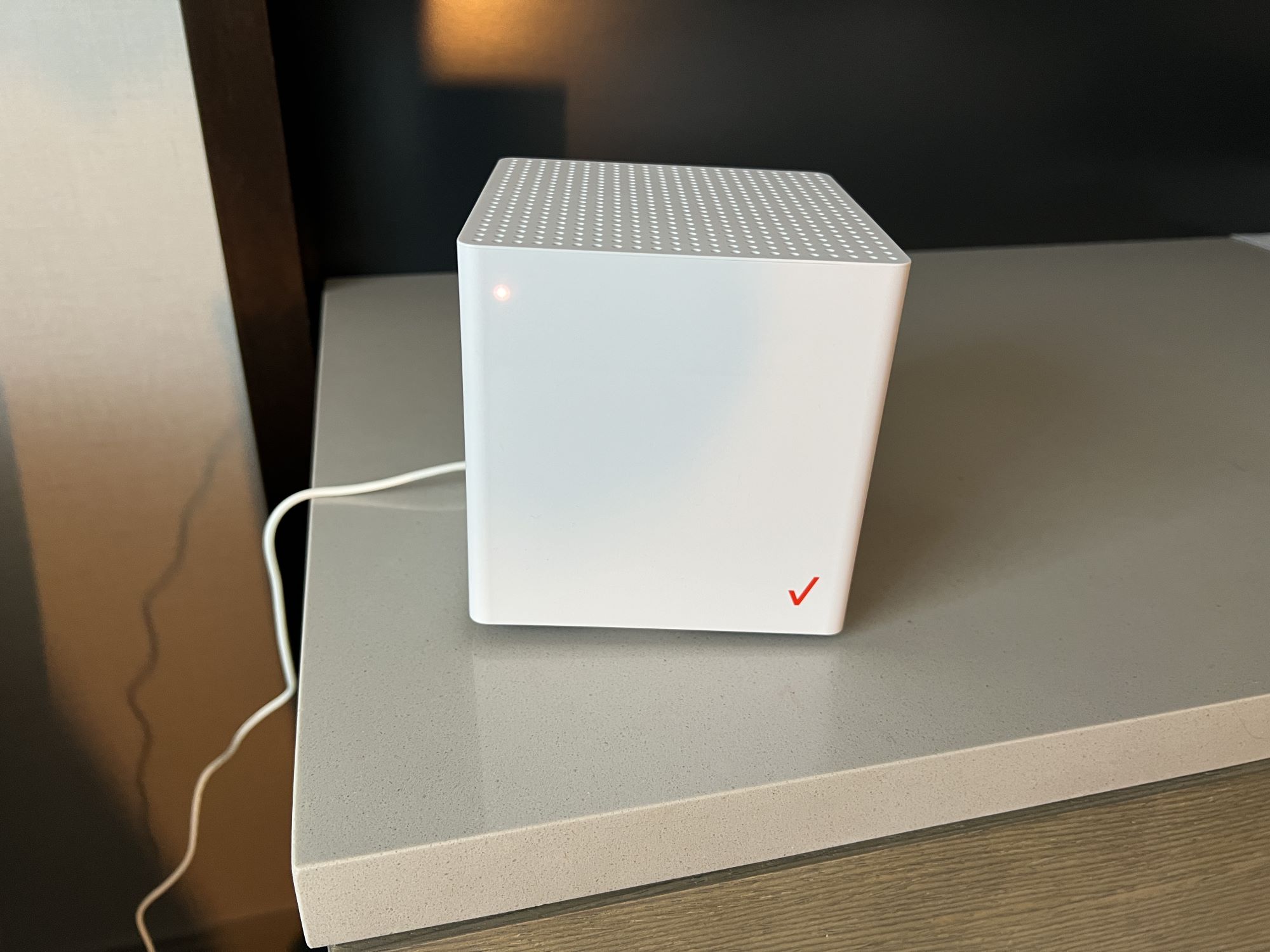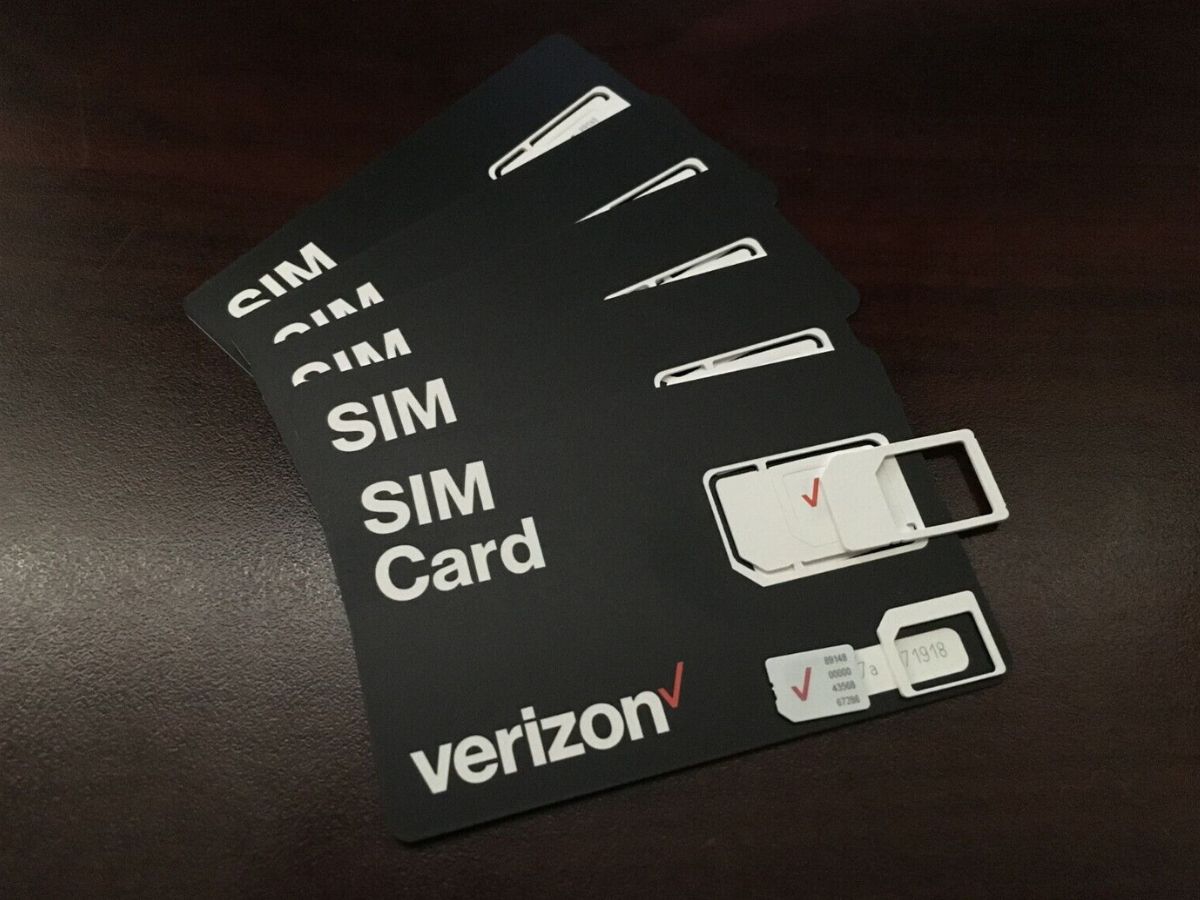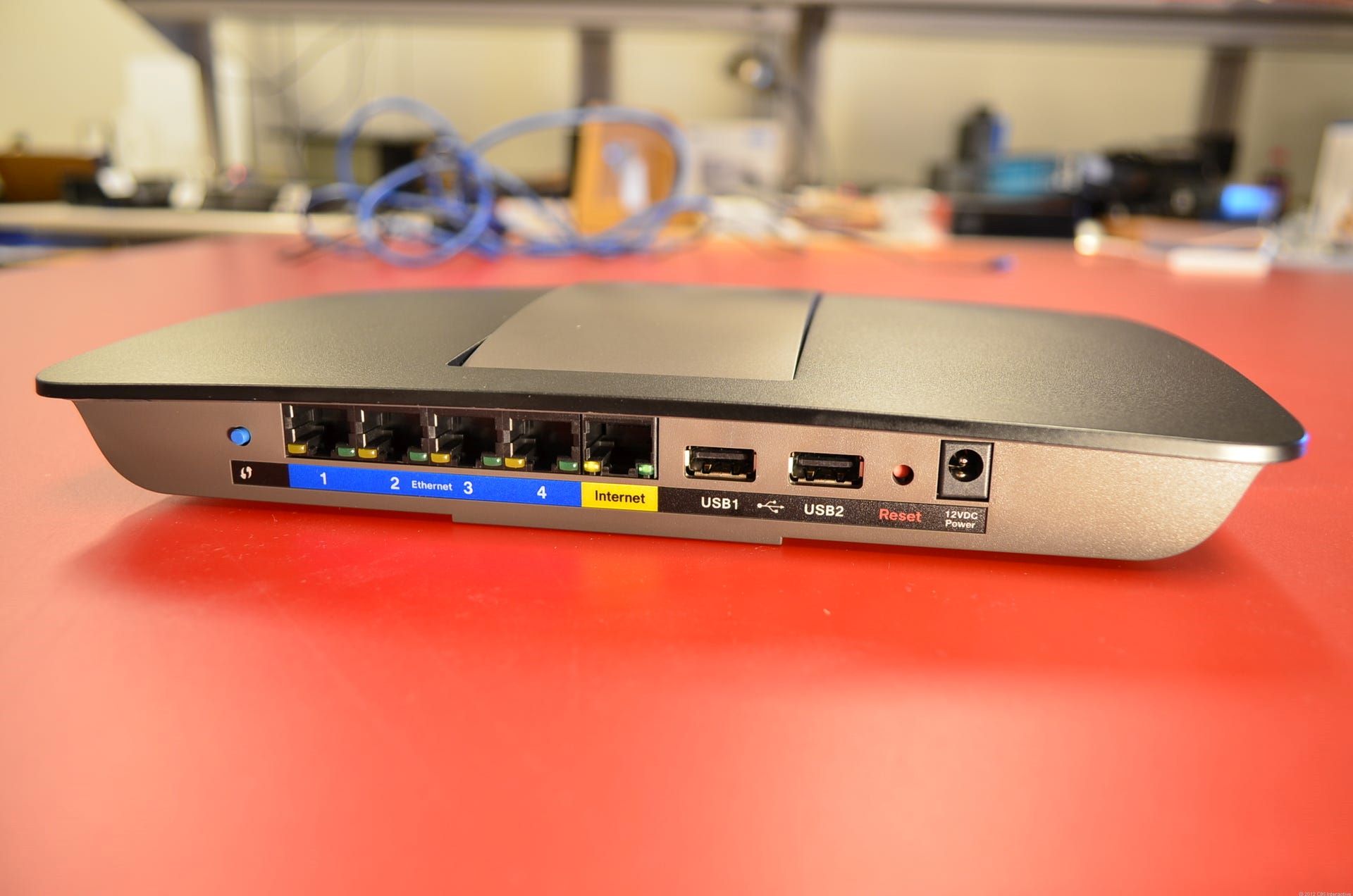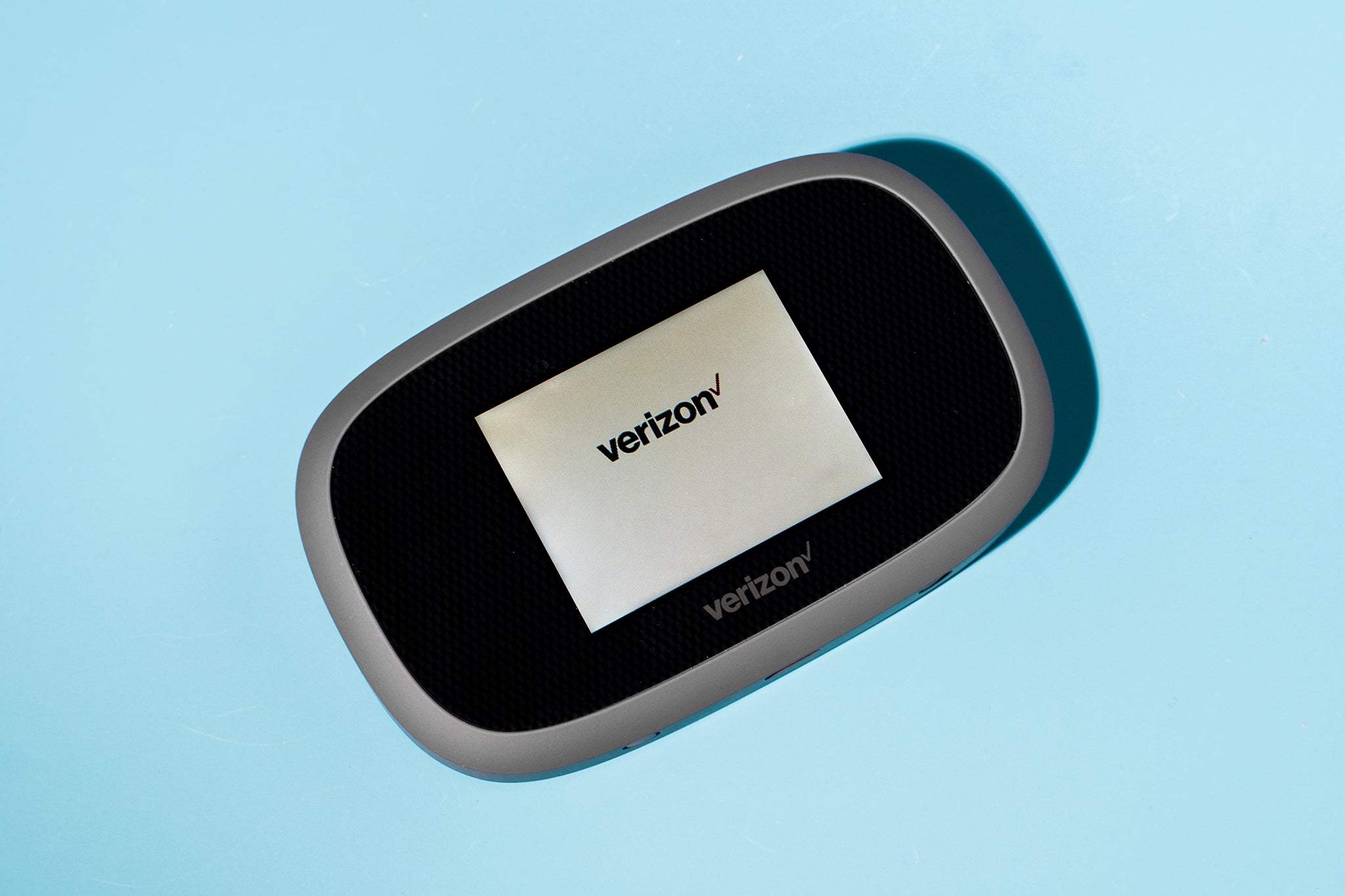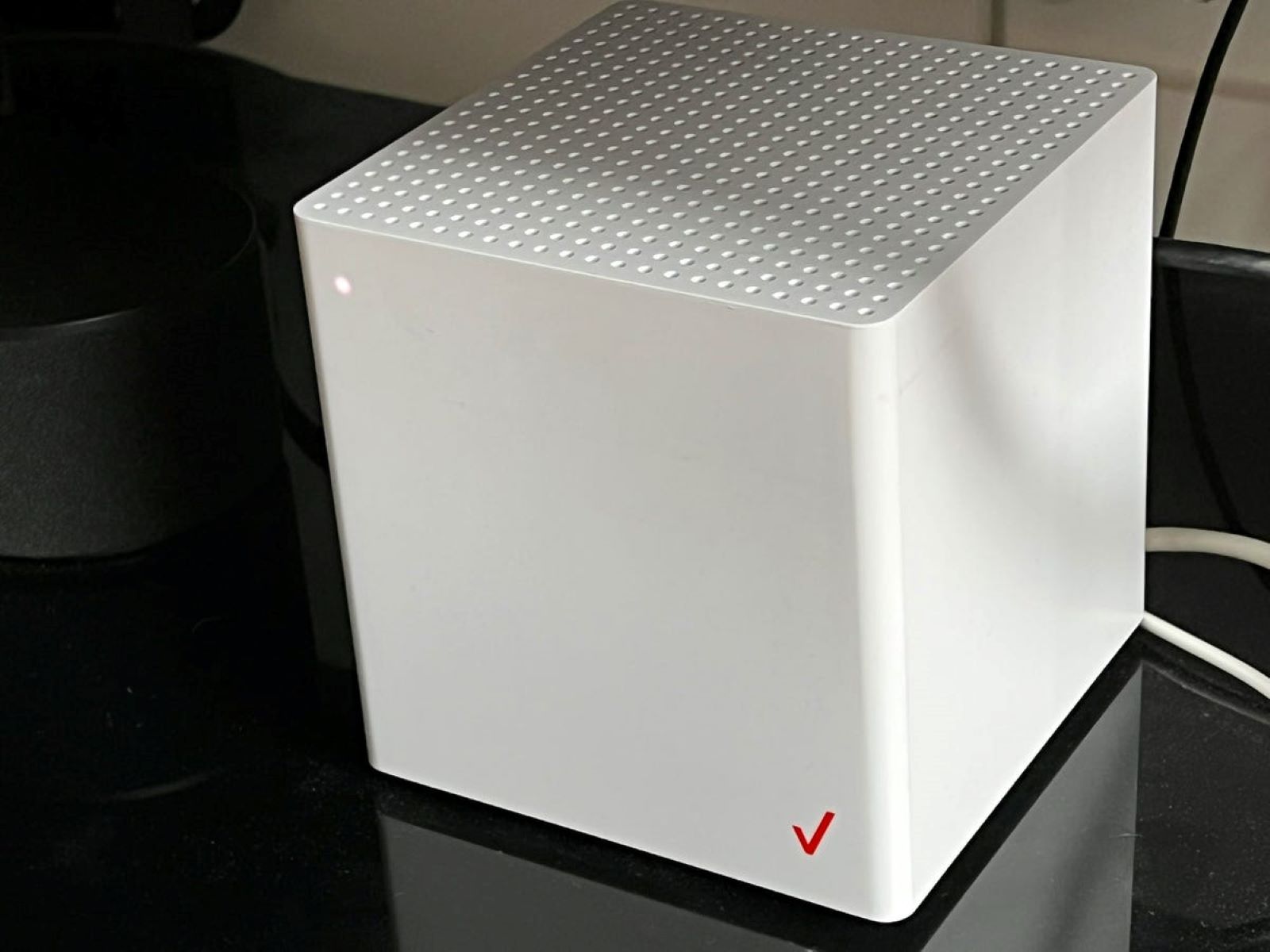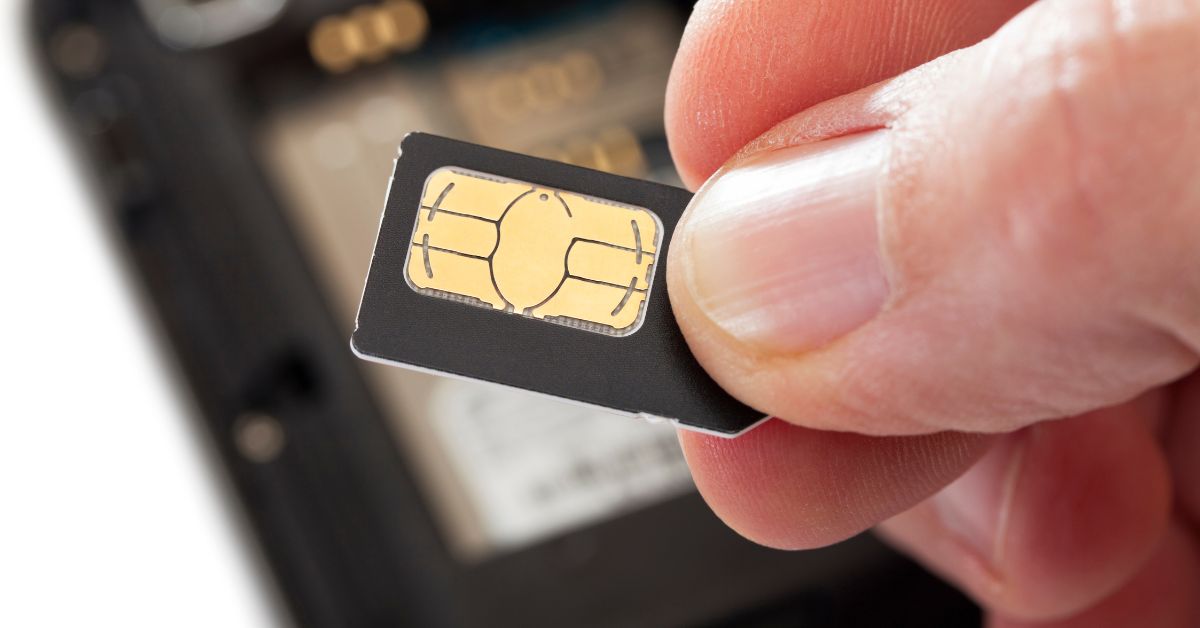Introduction
Verizon Wireless, one of the largest telecommunications companies in the United States, has been at the forefront of developing and implementing 5G technology. With the unprecedented speeds and remarkable capabilities it offers, 5G has the potential to revolutionize the way we live, work, and connect with the world around us.
As the fifth generation of wireless technology, 5G promises significant advancements over its predecessors, delivering faster speeds, lower latency, and greater network capacity. It is poised to transform various industries, including healthcare, transportation, gaming, and more. Verizon Wireless has been actively investing in and deploying their 5G network across the country, aiming to provide customers with unparalleled connectivity and revolutionary experiences.
In this article, we will delve into the world of 5G technology and explore what sets Verizon 5G apart from its competitors. We will also discuss the company’s ongoing rollout of 5G infrastructure and how customers can access this cutting-edge technology. Furthermore, we will examine the benefits and features of Verizon’s 5G network, as well as the challenges and limitations that may be encountered along the way.
By the end of this article, you will have a comprehensive understanding of Verizon’s 5G technology and the immense potential it holds for shaping the future of connectivity.
Understanding 5G Technology
Before diving into the specifics of Verizon’s 5G network, it’s essential to have a basic understanding of 5G technology itself. 5G, short for fifth-generation wireless, represents the next evolutionary step in mobile communication technology.
This new wireless standard offers blazing-fast speeds, significantly lower latency, increased bandwidth, and improved capacity compared to its predecessors. With speeds potentially reaching up to 10 gigabits per second, 5G enables seamless streaming, ultra-high-definition video calls, and rapid downloads.
One of the key differentiators of 5G is its ultra-low latency, which refers to the time it takes for data to travel from one point to another. With latency as low as 1 millisecond, 5G virtually eliminates delays, providing a lag-free experience. This is crucial for real-time applications such as autonomous vehicles, remote surgeries, and immersive gaming.
Furthermore, 5G offers increased network capacity, allowing more devices to connect simultaneously without sacrificing performance. This is particularly significant in the era of the Internet of Things (IoT), where numerous devices require connectivity and efficient data transmission.
To achieve these exceptional speeds and capabilities, 5G utilizes various technologies, including higher frequency bands and advanced antenna systems. Higher frequency bands, called millimeter waves, allow for faster data transmission but have a limited range and can be easily obstructed by buildings and trees. To overcome these challenges, 5G networks also utilize lower frequency bands, known as sub-6 GHz, which offer wider coverage but at slightly lower speeds.
Overall, the advent of 5G technology ushers in a new era of connectivity, enabling transformative applications and experiences that were previously unimaginable. Now that we have a grasp of the fundamental concepts behind 5G, let’s explore what sets Verizon’s 5G network apart from the competition.
What Sets Verizon 5G Apart?
Verizon Wireless has made significant investments to establish itself as a leader in the 5G landscape. The company’s commitment to cutting-edge technology and extensive network infrastructure has enabled it to differentiate its 5G offerings in several ways.
One key aspect that sets Verizon 5G apart is its use of millimeter-wave technology. While some other carriers primarily rely on sub-6 GHz frequencies, Verizon has placed a strong emphasis on leveraging the faster speeds and lower latency offered by millimeter waves. This approach allows Verizon 5G to deliver speeds that are several times faster than what is currently possible with 4G technology.
Moreover, Verizon’s 5G Ultra Wideband network offers exceptional coverage in densely populated urban areas. By deploying small cell sites and utilizing advanced beamforming techniques, Verizon has been able to significantly expand the coverage of its 5G network. This means that customers in these areas can enjoy fast and reliable 5G connectivity, even indoors or in crowded environments.
Verizon has also focused on providing 5G solutions to enterprise customers, opening up new possibilities for businesses across various industries. With its 5G Edge platform, Verizon enables companies to process data and run applications closer to their locations, reducing latency and enhancing responsiveness. This brings significant benefits for industries like healthcare, manufacturing, and logistics, where real-time data processing is critical.
Furthermore, Verizon’s commitment to innovation extends beyond traditional mobile devices. The company has been actively exploring partnerships and collaborations to integrate 5G technology into emerging areas such as augmented reality (AR), virtual reality (VR), and autonomous vehicles. By leveraging the high speeds and low latency of 5G, Verizon aims to unlock new experiences and possibilities for consumers and businesses alike.
It is worth noting that Verizon’s 5G network is built on a robust and reliable foundation, leveraging its extensive fiber optic infrastructure. This investment allows Verizon to deliver the consistent and high-quality performance that customers expect from a leading telecommunications provider.
In summary, what sets Verizon’s 5G apart is its strategic focus on millimeter-wave technology, its wide coverage in urban areas, its enterprise solutions, and its commitment to innovation. Now that we understand what makes Verizon’s 5G network unique, let’s explore its rollout and availability across the country.
Verizon’s 5G Rollout
Verizon Wireless has been diligently rolling out its 5G network across the United States to provide customers with widespread access to this groundbreaking technology. The company’s 5G deployment strategy encompasses a multi-pronged approach that includes utilizing different frequency bands and expanding coverage in targeted areas.
As mentioned earlier, Verizon employs both millimeter-wave technology and sub-6 GHz frequencies to optimize its 5G coverage. The company initially focused on deploying its millimeter-wave-based 5G Ultra Wideband network in densely populated urban areas, where capacity demands are highest. In these areas, customers can experience the exceptional speeds and low latency that are synonymous with Verizon’s 5G network.
In addition to urban deployments, Verizon is also expanding the coverage of its 5G network in other areas by utilizing dynamic spectrum sharing (DSS) technology. DSS allows Verizon to simultaneously offer 4G and 5G services on the same spectrum, enabling a smoother transition for customers and maximizing network efficiency. This approach allows customers to experience the benefits of 5G in areas where millimeter-wave coverage is limited.
Verizon is continuously expanding its 5G coverage footprint, aiming to provide access to as many customers as possible. The company is actively working on deploying 5G infrastructure in stadiums, airports, convention centers, and other high-traffic locations where reliable and high-speed connectivity is crucial.
It’s important to note that while Verizon’s 5G network is rapidly expanding, its availability may vary depending on location. Customers can check Verizon’s coverage maps or consult with customer service representatives to determine the availability of 5G in their area.
Furthermore, Verizon is also partnering with other carriers to enhance the domestic reach of its 5G network. Through agreements like the Verizon-Crown Castle partnership, the company aims to leverage the infrastructure of other carriers to accelerate the deployment of its 5G network across the country.
Verizon’s commitment to an extensive and progressive 5G rollout demonstrates its dedication to bringing the benefits of next-generation connectivity to its customers. With ongoing advancements and expansions, Verizon continues to set the stage for widespread adoption of 5G technology in the United States.
How to Access Verizon 5G
Accessing Verizon’s 5G network is relatively straightforward for customers who have compatible devices and are located in areas with 5G coverage. Here’s a step-by-step guide on how to access Verizon 5G:
- Check device compatibility: Ensure that your smartphone, tablet, or other devices are compatible with Verizon’s 5G network. Verizon offers a wide range of 5G-capable devices, including popular models from leading manufacturers.
- Confirm 5G coverage: Verify whether Verizon’s 5G network is available in your area. You can check the coverage maps on Verizon’s website or contact customer service for the most up-to-date information on 5G availability.
- Subscribe to a compatible plan: To access Verizon’s 5G network, you need to be on a plan that supports 5G connectivity. Verify with Verizon that your current plan is compatible or consider upgrading to a 5G-enabled plan if necessary.
- Enable 5G on your device: If your device supports 5G and you are in an area with 5G coverage, go to the settings menu on your device and enable 5G connectivity. The process may vary depending on your device, but it is typically found in the network settings or cellular settings.
- Enjoy the benefits of 5G: Once 5G is enabled on your device, you can experience the incredible speeds, lower latency, and enhanced capacity that Verizon’s 5G network offers. Enjoy faster downloads, seamless streaming, and real-time interactions like never before.
It’s important to note that while Verizon is rapidly expanding its 5G coverage, 5G availability may vary depending on location. Additionally, keep in mind that 5G performance may be impacted by factors such as network congestion and the specific device used.
If you are unsure about accessing Verizon’s 5G network or need assistance with your device settings, Verizon’s customer service representatives are available to provide guidance and support. They can help answer any questions you have and ensure that you have a seamless 5G experience.
By following these steps, you can quickly and easily access Verizon’s 5G network and unlock the immense potential and benefits that this cutting-edge technology brings.
Benefits and Features of Verizon 5G
Verizon’s 5G network offers a multitude of benefits and features that revolutionize the way we connect and interact with the digital world. Let’s explore some of the key advantages of Verizon 5G:
- Lightning-fast speeds: Verizon’s 5G network delivers incredibly fast download and upload speeds, allowing users to download large files, stream high-definition content, and enjoy lag-free gaming experiences. With speeds that can surpass even the fastest home broadband connections, 5G opens up new possibilities for work and play.
- Low latency: 5G significantly reduces latency, the delay between a command being sent and its execution. This improvement is a game-changer for real-time applications like online gaming, virtual reality, and autonomous vehicles, where even the slightest delay can impact performance and safety. Verizon’s 5G network offers ultra-low latency, ensuring smooth and responsive experiences.
- Enhanced network capacity: 5G’s increased network capacity allows more devices to connect simultaneously without compromising performance. This is particularly important in settings where a large number of devices need to be connected, such as packed stadiums or smart cities. Verizon’s 5G network can support a vast number of connected devices, facilitating seamless connectivity and unlocking the potential of the Internet of Things (IoT).
- Improved reliability: Verizon has built its 5G network with a focus on reliability, ensuring that customers can rely on consistent and high-quality connectivity. The network infrastructure and redundant systems integrated into Verizon’s 5G deployment enhance overall reliability, reducing downtime and providing a seamless experience for users.
- Transformative applications: Verizon’s 5G network opens up a world of opportunities for innovative applications and services. With the ultra-low latency and high speeds provided by 5G, areas like virtual reality, augmented reality, telemedicine, and remote surgeries can be realized on a greater scale. 5G enables transformative experiences that were previously hindered by the limitations of older networks.
These benefits and features of Verizon’s 5G network demonstrate the immense potential of this technology to redefine how we work, play, and connect. As Verizon continues to expand its 5G network and push the boundaries of what is possible, customers can look forward to even more advancements and transformative experiences in the future.
Challenges and Limitations of Verizon 5G
While Verizon’s 5G network brings a host of benefits and exciting features, it also faces certain challenges and limitations that need to be considered. Here are some of the key challenges and limitations of Verizon 5G:
- Limited coverage: One of the primary challenges of Verizon’s 5G network is its limited coverage area. Due to the nature of millimeter-wave technology, which offers faster speeds but has shorter range and is more easily obstructed, 5G coverage is currently concentrated in densely populated urban areas. As a result, customers in rural or suburban areas may have limited or no access to Verizon’s 5G network at this time.
- Obstruction and signal interference: Millimeter waves used for Verizon 5G can be easily obstructed by buildings, trees, and other physical barriers. This can result in inconsistent coverage and signal strength, especially indoors or in areas with many obstacles. As Verizon continues to expand its 5G network, efforts are being made to address these challenges through the installation of additional small cell sites and advancements in antenna technology.
- Device compatibility: Another limitation of Verizon 5G lies in device compatibility. While Verizon offers a range of 5G-capable devices, not all smartphones, tablets, or other devices are compatible with 5G. Customers who wish to access Verizon’s 5G network may need to upgrade to a compatible device, which could be an additional expense.
- Network congestion: As the popularity of 5G grows and more users connect to the network, there may be instances of network congestion. This can result in slower speeds and reduced performance compared to the advertised capabilities of 5G. Verizon is continuously working on optimizing network infrastructure to mitigate congestion and provide the best possible experience for its customers.
- Higher costs: Introducing and maintaining a robust 5G network requires significant investments in infrastructure and technology. These costs can be reflected in pricing for 5G plans and devices. Customers who wish to access Verizon’s 5G network may need to consider potential higher costs when selecting their service plans.
It’s important to note that as technology evolves and Verizon continues to expand its 5G network, many of these challenges and limitations are being addressed. Verizon is actively working on expanding coverage, improving signal strength, and enhancing overall network performance to deliver a seamless and widespread 5G experience for its customers.
By considering these challenges and limitations, customers can have a more realistic understanding of what to expect from Verizon’s 5G network and make informed decisions regarding its adoption and usage.
Conclusion
Verizon’s 5G network represents a significant leap forward in wireless technology, offering unparalleled speeds, lower latency, and enhanced capacity. As one of the leading telecommunications companies in the United States, Verizon has made remarkable progress in deploying and expanding its 5G network, providing customers with access to cutting-edge connectivity.
Throughout this article, we have explored the fundamentals of 5G technology and examined what sets Verizon’s 5G network apart from its competitors. We have discussed Verizon’s strategic rollout of 5G infrastructure, the steps to access Verizon’s 5G network, and the benefits and features it brings to users.
However, it is important to acknowledge the challenges and limitations that come with Verizon’s 5G network, including limited coverage, signal interference, device compatibility, potential network congestion, and associated costs. While these challenges exist, Verizon is actively working on them to improve coverage, signal strength, and network performance.
As Verizon continues to expand its 5G network and push the boundaries of what is possible, customers can expect to unlock new experiences and opportunities across various industries. From faster download speeds to transformative applications like augmented reality and telemedicine, the potential of Verizon’s 5G network is vast.
In conclusion, Verizon’s 5G network has the power to transform the way we connect and interact with the world, ushering in a new era of connectivity and innovation. By staying at the forefront of 5G technology, Verizon is positioning itself as a key player in shaping the future of wireless communication.







